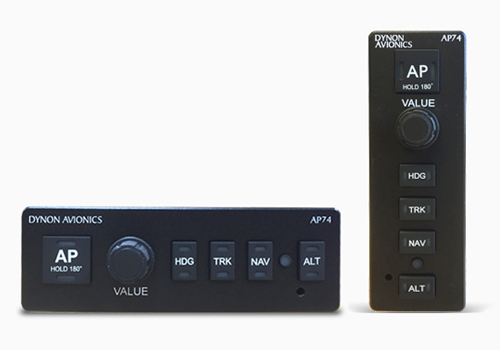Stewartb
Final Approach
Until you fly into solid IFR completely by surprise? You have no idea what it's like or how you'll react to total disorientation. It isn't just one sense that's distorted. It's all of them. It's very difficult to gather yourself in that situation and you don't have much time to do it. That's the killer. And that's my pirep.

